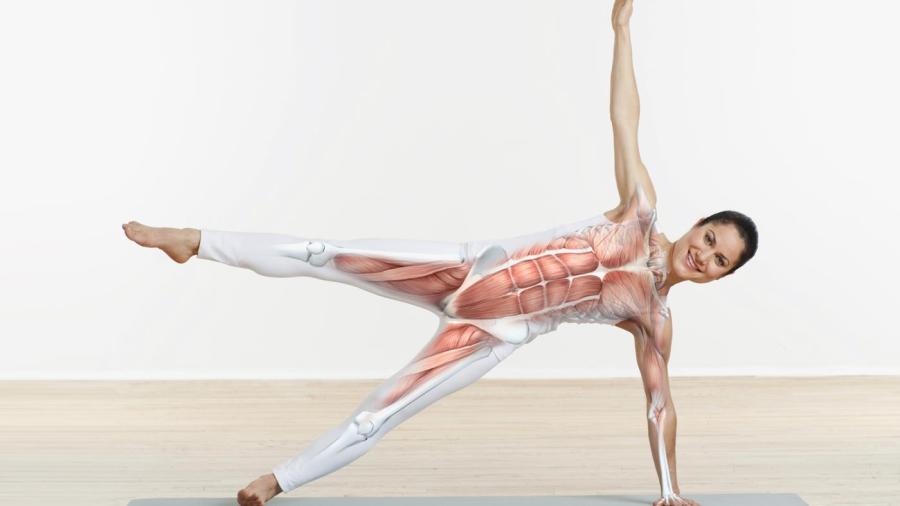What Are the Major Muscles in the Body?

The major muscle groups in the body are the abdominal muscles, biceps, deltoids, erector spinae, gastrocnemius, soleus, gluteus, hamstrings, latissimus dorsi, rhomboids, obliques, pectoralis, quadriceps, trapezius and triceps. Each muscle group contributes to a variety of different functions, such as walking, climbing and sitting.
The two major arm muscles are the biceps, which are at the front of the upper arm, and the triceps, which are at the back of the upper arm. They are most useful in lifting and pushing motions. The deltoids, located nearby at the top of the shoulder, also help with lifting motions, particularly for overhead lifting. The muscles used for properly sitting up straight are the latissimus dorsi, in the mid-back area; rhomboids, the muscles between the shoulder blades; the erector spinae, forming the lower back; and the abdominal muscles, covering the stomach area. Abdominal muscles are exercised primarily through crunches and sit-ups. The gluteus muscle, located at the buttocks; the hamstrings, covering the back of the thighs; the quadriceps, located at the back of the upper leg; and gastrocnemius and soleus muscles, accounting for the back of the lower leg, all contribute to walking, with the gluteus and quadriceps most useful for uphill walking and climbing.





